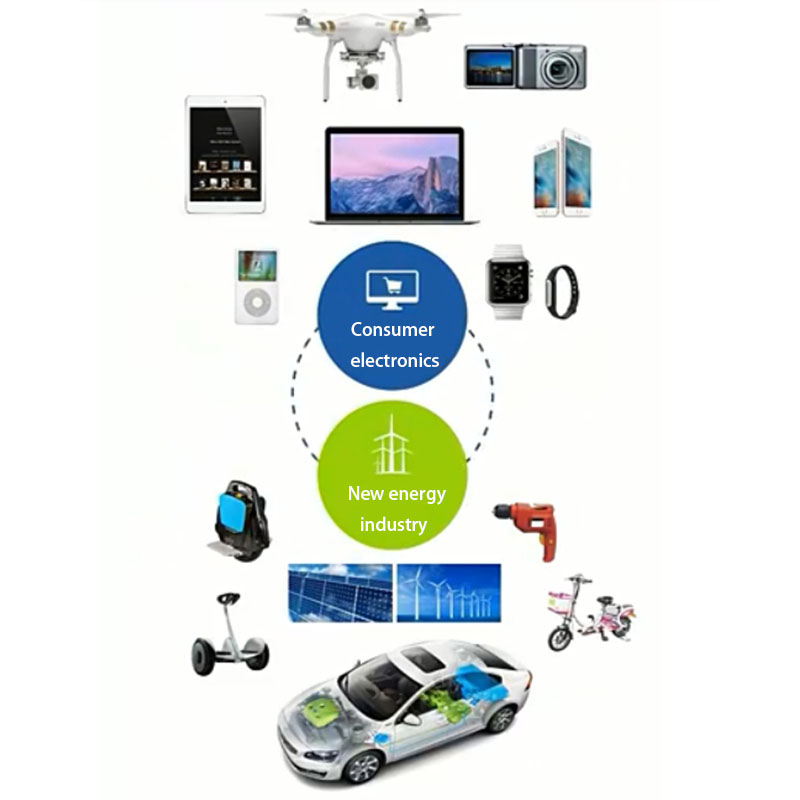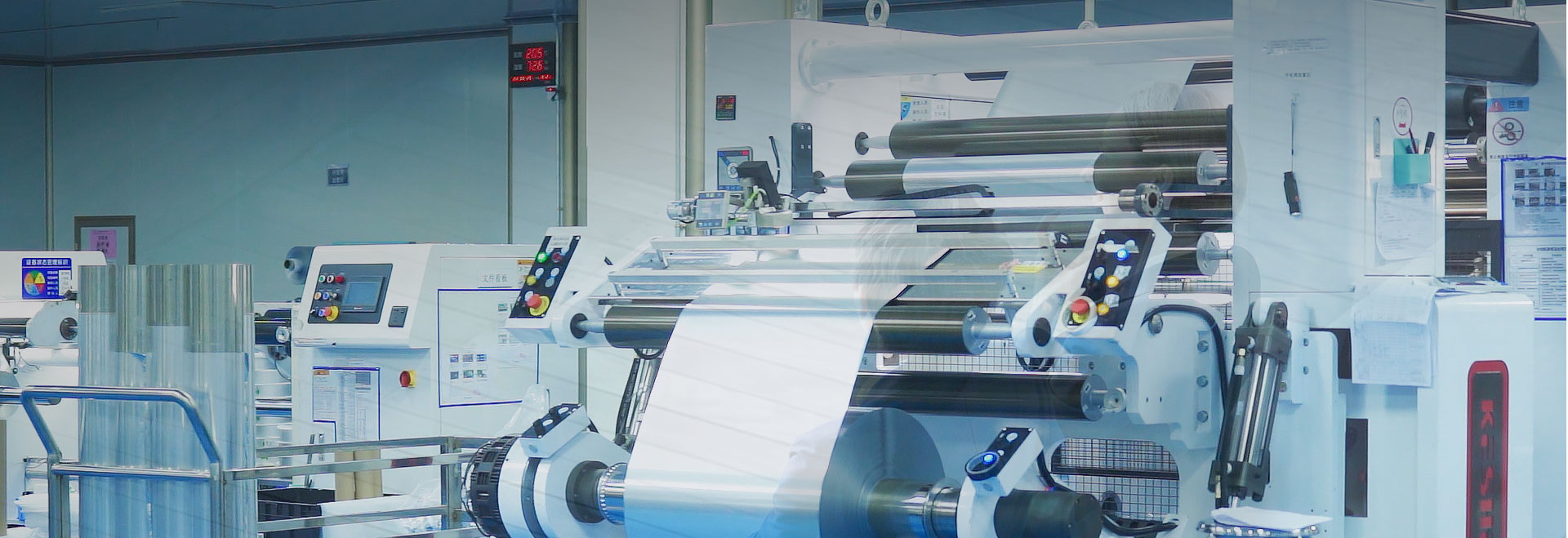Trillion market - aluminum-plastic film poised for growth
Trillion market - aluminum-plastic film poised for growth
According to statistics, several aluminum-plastic film factories currently have a production capacity utilization rate of around 70%. Due to the decline in demand in the first half of the year, some companies even have a production line utilization rate of less than 10% for aluminum-plastic films used in consumer batteries.
More and more companies are starting to lay out in the aluminum-plastic film industry, gradually making progress and breakthroughs in aluminum-plastic film technology. Under the huge cost reduction pressure, soft pack battery manufacturers are beginning to have significant price advantages in domestic aluminum-plastic film products.
Guanglin Caiyao emerged as the times require.
According to the thickness of aluminum-plastic film, it can be divided into three types: 88 μ m, 113 μ m, and 152 μ m. Aluminum plastic films with thicknesses of 88 μ m and 113 μ m are suitable for consumer electronics products, 88 μ m aluminum plastic film is suitable for thin digital batteries, and 113 μ m aluminum plastic film is suitable for 3C mobile batteries; Aluminum plastic film with a thickness of 152 μ m is suitable for the field of power batteries and often requires higher production processes.
As the first line of defense for protecting battery cells, aluminum-plastic film should not only achieve extremely high barrier and insulation properties, but also be lightweight, and have sufficient hardness and toughness. In summary, aluminum-plastic film must achieve a balance among various conflicting indicators, and the technical requirements are very high. Through continuous exploration and efforts, Guanglin Caiyao has gradually made progress and breakthroughs in aluminum-plastic film technology, becoming a leading aluminum-plastic film manufacturer in the industry.
From the perspective of industry development, the power sector is a "key area" for aluminum-plastic film enterprises to compete for. The penetration rate of soft pack batteries in the consumer electronics market is already high, but there is still a huge market prospect in energy storage and power soft pack battery applications.














